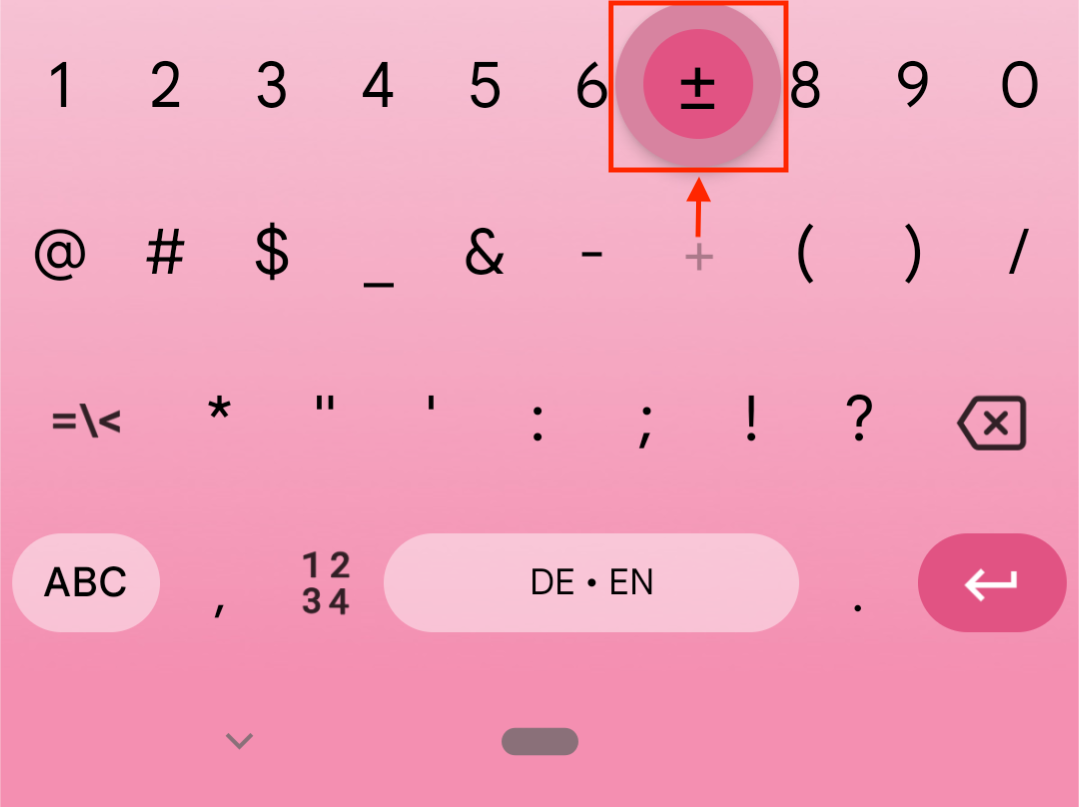In cases where the following values may be positive or negative, the Plus-Minus sign is placed before the expression. In other words, there are two possible values, one obtained by addition and one obtained by subtraction. The mathematical Plus-Minus sign ± can be found on the Android and iPhone keyboards.

In this article, we will outline the steps to make a “Plus-Minus” sign using your Google Gboard keyboard app, the default keyboard for the Google Pixel range, and Android phones. Without further ado, here are the steps on how to find the Plus-Minus Sign on your Android phone.
Table of Contents
How to Type the Plus−Minus Sign On Android

In order to make a Plus-Minus Text on an Android phone, follow the steps on your phone’s keyboard below:
- Tap ?123
- Tap +
- Long press +
- You will see the Plus-Minus Sign available ±. Select it.
How to Copy and Paste Plus-Minus Sign Text
In case you would like to save time and simply copy and paste the Plus-Minus Sign, simply click on the text below. It will copy the content to your personal clipboard, from which you can choose where to paste it.
To copy and paste the “Plus-Minus” sign text, simply click the text below and copy it on your keyboard.
| Copy ± | Click here |
|---|
What does the Plus-Minus Sign Mean?
The use of P and M to indicate plus and minus was widespread in Europe at the beginning of the 15th century. Plus-minus symbols were first used mathematically by Albert Girard, a French-born mathematician who developed the inductive definition of Fibonacci numbers as well as some trigonometric abbreviations. It was first used in its modern form in William Oughtred’s Clavis Mathematicae in 1631.
Whenever a ± sign appears before an expression, it indicates that the following values can either be positive or negative. Formulas may use the plus-minus symbol to denote a symbol that can be replaced with a plus or minus symbol, either + or –, which allows the formula to represent two values or two equations.
In other fields, it can also be used in other ways:
- Confidence Interval – In experimental sciences, it is used to show the Confidence Interval (CI) affected by the sample size and variability.
- Medicine – In medicine, it means with or without.
- Engineering – In engineering, it indicates engineering tolerance which is the permissible limit in a physical dimension, physical property, physical space, or space.
- Chess – In chess, it indicates the advantage of the white player.
- Electronics – In electronics, it indicates a dual voltage power supply.







